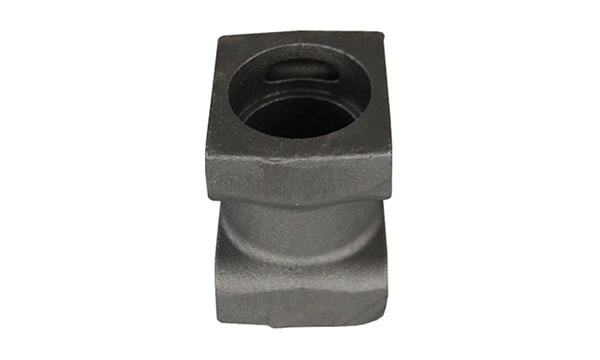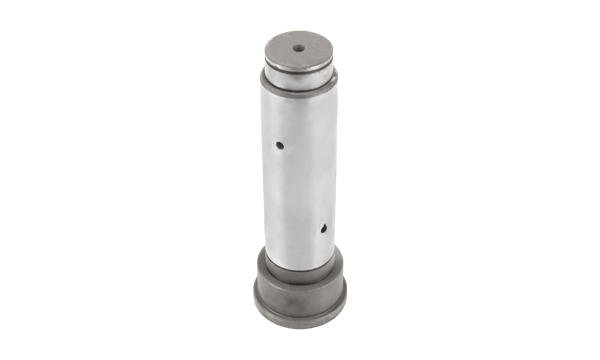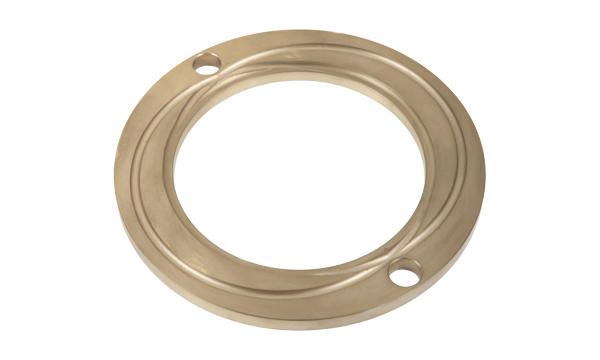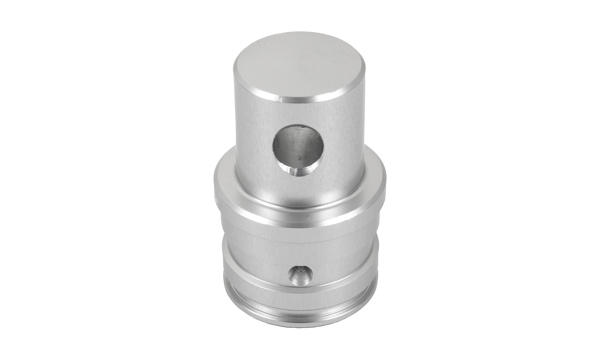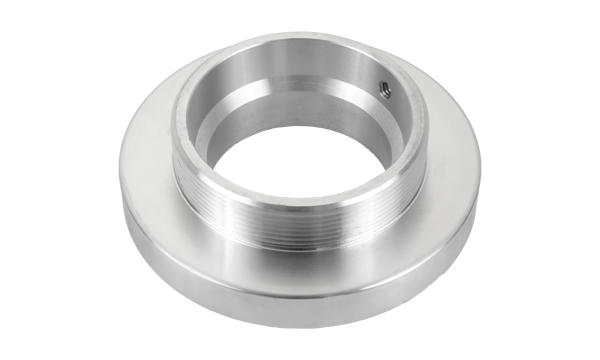The Art of Perfect Lost Wax Casting: Tips for Combating Porosity and Surface Imperfections
Posted by Admin
Lost wax casting is a time-honored technique used to create complex and stunning metal objects. However, achieving perfect perfection in lost wax casting is not without its challenges. In this blog, we will explore effective ways to avoid porosity and surface defects during lost wax casting, ensuring flawless results.
Learn about lost wax casting and its challenges:
Lost wax casting, also known as investment casting, is a process that has been used for centuries to create metal objects with intricate details and smooth surfaces. However, in this delicate process, various factors can lead to undesirable porosity and surface defects. By understanding these challenges, we can take precautions to ensure perfect casting.
Choose appropriate investment materials:
The investment material (usually a ceramic shell) plays a vital role in lost wax casting. To avoid pores and surface defects, choose a high-quality investment material with excellent heat resistance. Consider using ceramic materials with high melting temperatures to ensure minimal expansion during casting. Additionally, investing in investment materials specifically designed for precision casting work can significantly reduce the chance of void formation.
The Perfect Wax Model – Prerequisites:
Before casting, it’s crucial to pay attention to detail to create the perfect wax pattern. Take the time to eliminate any surface imperfections on the wax pattern, including bubbles, cracks, or visible seams. Regular inspections and meticulous polishing are key to reducing the likelihood of defects transferring to the final casting. Remember, a smooth, flawless wax pattern is the foundation for successful lost-wax casting.
Preventive measures – dewaxing and preheating:
During the burnout phase, it is critical to ensure that the embedding flask is thoroughly dewaxed and preheated. Incomplete wax removal may result in gas or residue entrapment, creating unsightly porosity in the final casting. Time and temperature control play an important role in this stage. Allow enough time during the preheating process to gradually increase the temperature to ensure that all wax is completely burned out of the mold. Use proper ventilation to avoid any fumes that could cause defects.
Investment casting technology:
When pouring metal into an investment mold, it is crucial to use correct casting techniques. Maintaining consistent and controlled pouring temperatures is critical to reducing turbulence and preventing air entrapment. Techniques such as vacuum casting or centrifugal casting help achieve high-quality results, minimizing the possibility of porosity and surface defects. Additionally, investing in a high-quality furnace can ensure precise temperature control throughout the casting process, mitigating many casting-related issues.
Conclusion:
Lost wax casting is an art that requires attention to detail and precision. By understanding the challenges associated with the craft and taking effective measures to combat pores and surface imperfections, craftsmen can achieve impeccable results on their jobs. Remember, patience, thoroughness, and the use of advanced techniques are the keys to truly perfect lost wax casting.


